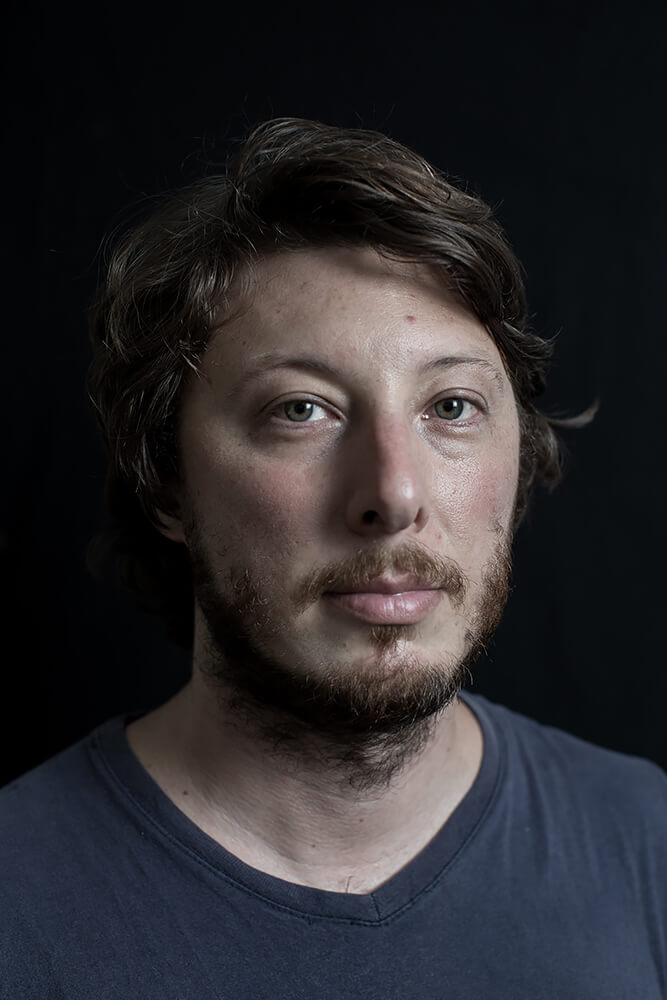Victor Moriyama is a freelance Brazilian photographer based in São Paulo that covers the region of South America and the problems concerning the Amazon Rainforest for the international press, mainly for The New York Times. His work discloses an humanist kind of photography, committed to document the processes of violence that prevail in social and environmental relations in Brazil and the Amazonian region. Agrarian Conflicts, the deforestation and conservation of the Amazon Rainforest, the genocide of the indigenous populations, the acceleration of climate change and the violation human rights have been guiding themes of his career in the last few years. Victor also collaborates regularly with NGOs, such as Greenpeace, Instituto Socioambiental, iCRC and UNHCR.
Concerned with the shortage of reported on the conflicts in the Amazon, Victor has created, in 2019, the project
@historiasamazonicas a community of Latin American photographers committed to document the current processes that are taking place in the Amazon, with the objective of defining and changing the present. The idea is to expand the world's knowledge concerning the conflicts that surround the Amazon and to engage the global society into thinking and fighting the deforestation of the greatest rainforests in the world.
Victor is also a member of the
@everydayclimatechange, a group of photographers from the five continents engaged and committed to climate change. Mr. Moriyama is also a photography columnist for the Brazilian edition of the Spanish Newspaper El País.
About Amazon Deforestation
"'Nature will die in embers', told me Davi Yanomami, one of Brazil's greatest indigenous leaders, during the 70 days I spent doing field work in the Amazon Rainforest. The greatest rainforest in the world is dying. The year of 2019 was the worst in history for the Amazon Forest. The deforestation of the vegetation cover set a record and increased 29.5% in relation to 2018, adding up to a total loss of 9.762km² of forest. However, this process isn't new: the deforestation of the Amazon Rainforest has been going on for decades, with the connivance of the rulers of the South American countries, whose actions are utterly inefficient when it comes to trying to reverse this context of destruction. This situation became even more severe, after the elected right-wing government took office in 2019. Stimulated by official speech, deforestation agents set thousands of hectares on fire, with the certainty of impunity. As an immediate reaction, thousands of young people started protesting against the destruction of the rainforest, in dozens of cities worldwide, headed by Greta Thunberg. This series of images is the result of my immersive work in the heart of the Amazon Rainforest, where I have documented the advances of the deforestation in a special piece for The New York Times." --
Victor Moriyama